In a world increasingly steered by digital momentum, understanding customer success through a digital lens is both a necessity and an opportunity.
While automation and artificial intelligence (AI) are rapidly reshaping the landscape, they only form part of the story. The true essence of digital customer success lies in its synergy with community involvement, and how businesses leverage their core products for scalable solutions.
I'm Jairaj Sounderrajan, Senior VP of Customer Success at Telnyx, and I invite you to explore the multi-dimensional facets of digital customer success.
Through this deep dive, you'll uncover how Telnyx, and businesses at large, are embracing technology, communities, and product innovation to redefine and uplift the customer journey in today's digital age.
The evolution of digital customer success
The evolution of customer success is not just inevitable, but absolutely essential. With the rapid advancements in technology and the ever-changing landscape of customer interaction, the concept of digital customer success has emerged as a budding topic of interest.
At Telnyx (a Communications Platform as a Service [CPaaS] provider), we specialize in offering APIs that act as a bridge for businesses, enabling them to tap into advanced messaging services and other capabilities seamlessly. By leveraging these APIs, companies can better cater to their customers, ensuring heightened levels of interaction and satisfaction.
Being a CS practitioner, I have always been fascinated by the intricate details that drive success in any domain. So, in this article I’ll begin by addressing the significance of digital success and the urgency of its adoption, before diving into a specific playbook we've been actively using at Telnyx.
While there are countless playbooks and strategies out there, my aim with this sharing is to ignite your imagination. I hope to enlighten you about the omnipresence of digital CS and how it's quietly revolutionizing businesses across the board.
Understanding digital CS
When posed with the question, "What is digital CS?" I always attempt to encapsulate its essence as succinctly as possible, though it's quite a comprehensive topic.
In essence, “digital CS” is the strategic integration of automation - whether powered by artificial intelligence or not. However, it's crucial to strike a balance. Over-automation can become a burden, not just for our customers but also for our internal teams.
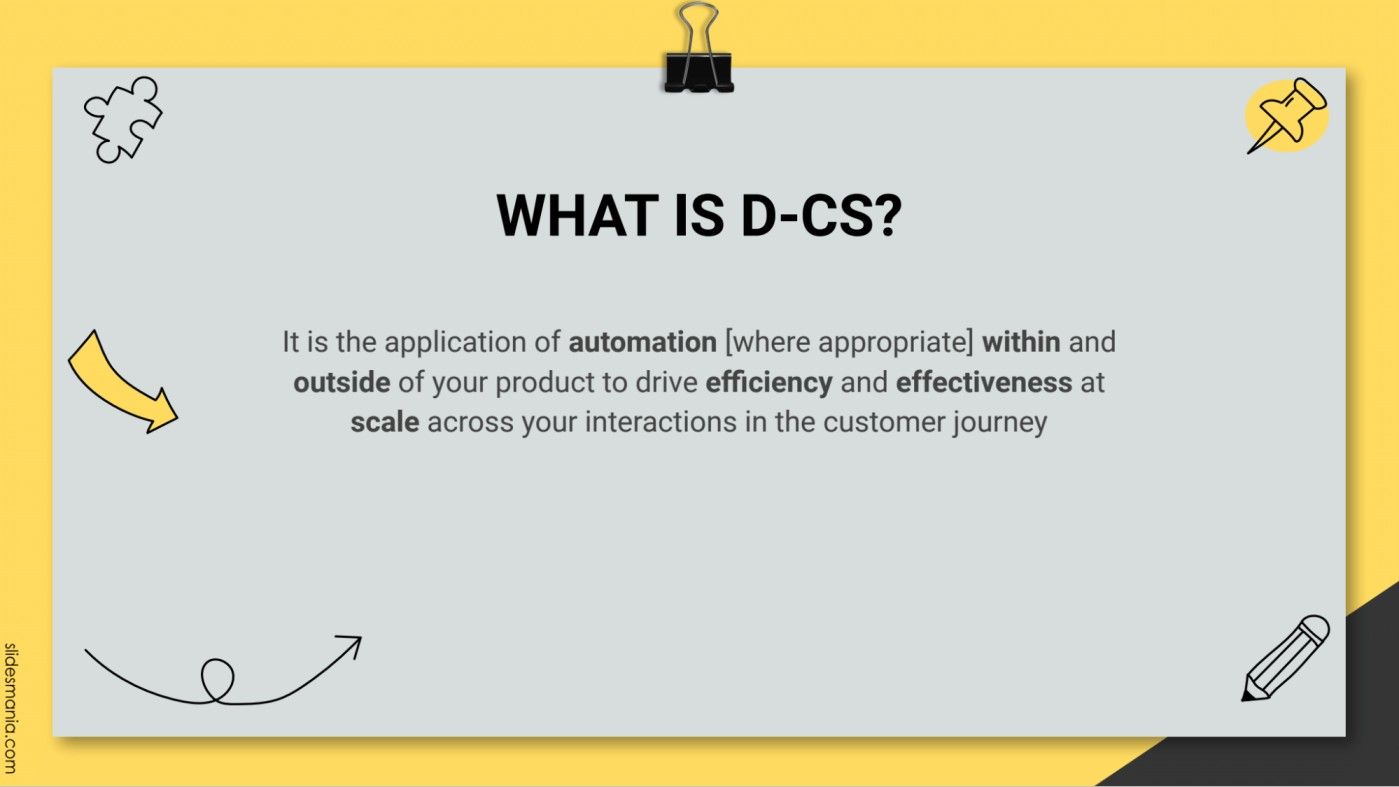
Moreover, digital CS doesn't just operate within the confines of your product. It thrives both internally and externally. It's about being vigilant, recognizing patterns, and interconnecting them to derive maximum value. At its core, the overarching objective of digital CS is to boost efficiency and efficacy, ensuring an optimized customer journey on a large scale.
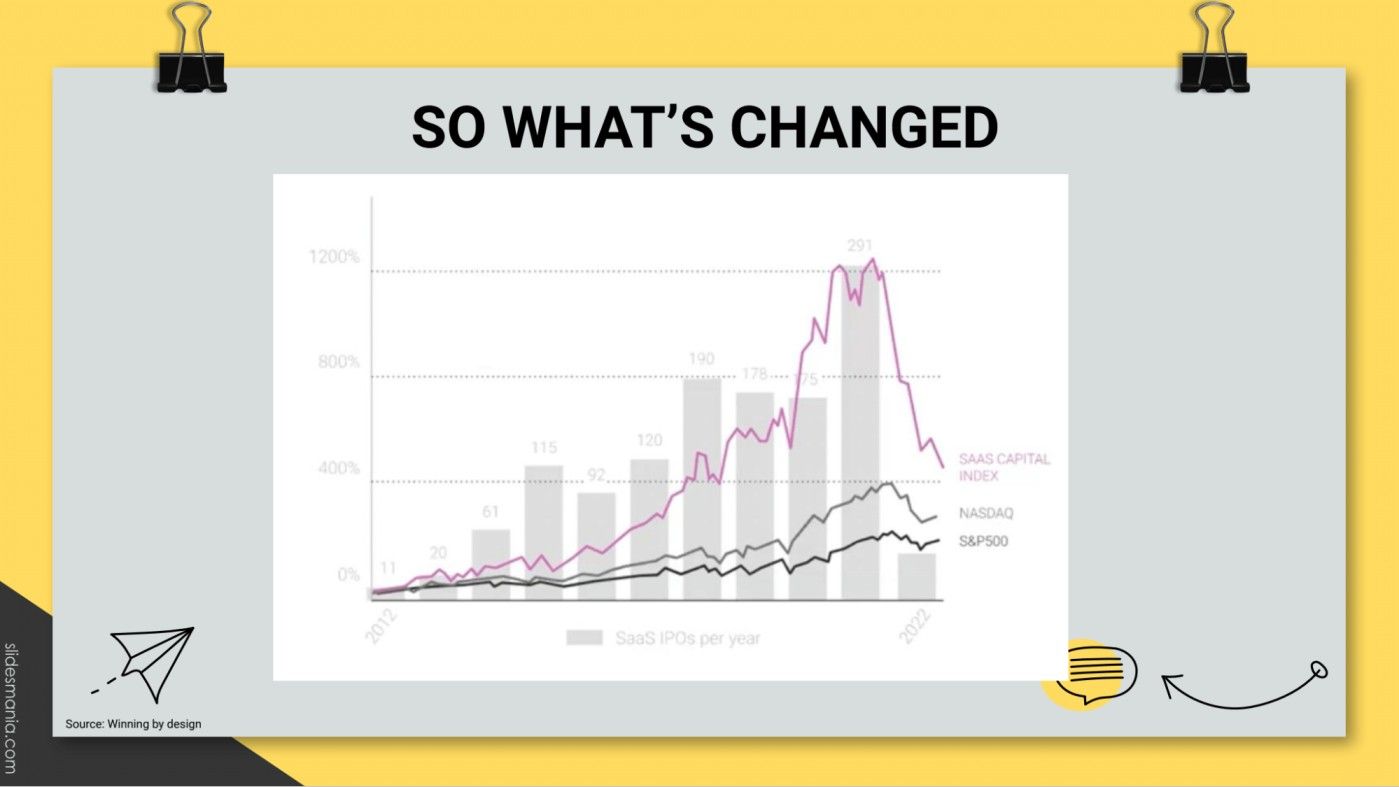
You might be wondering why digital CS has suddenly become the talk of the town. The answer lies in the evolving economic landscape. Over the past 18 months, as the economy witnessed downturns, coupled with rising inflation and interest rates, financial stability became precarious. The reality is, in such challenging times, money doesn't come easy.
This brings us to the role of Chief Financial Officers (CFOs) in businesses. When confronted with flat or declining revenue, with margins shrinking, a CFO typically resorts to one of two solutions. They either look for avenues to cut costs or seek ways to maximize the potential of existing assets.
The focus shifts towards achieving higher efficiency at scale. That's the thought process dominating the CFO's strategy, and this is precisely where the value of digital CS comes into play.
The misconception about digital CS
It's a misconception that digital CS is a brand-new concept. In truth, elements of digital CS have been subtly woven into our processes for a long time.
Consider this: when a new customer registers, the first onboarding or signup email they receive is an exemplification of digital CS. It's unlikely that a Customer Success Manager (CSM) personally drafted and dispatched that email. More likely, it's a joint effort of the product and marketing teams, aimed at nudging the customer to engage with our product.
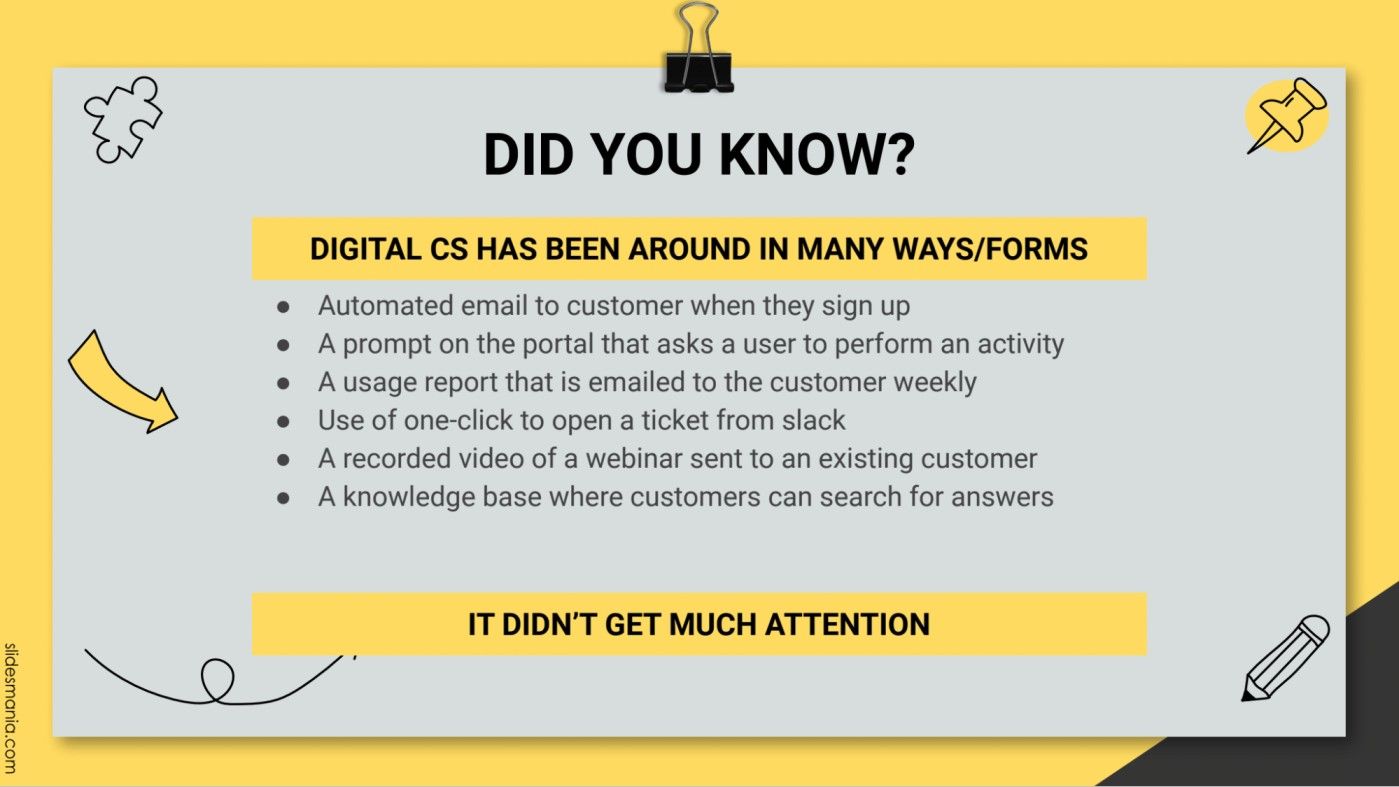
This holds true regardless of the nature of the customer. Whether they're a self-serve client or represent a major account investing significant sums, these elements of digital CS come into play. Without delving into every such example, the primary takeaway is this: digital CS is already in motion around us.
What might come as a surprise - and can be perceived as either enlightening or alarming - is that many digital CS initiatives are spearheaded by departments other than the customer success team.
It's an intriguing paradox, isn't it? How can initiatives central to "customer success" often be executed outside the designated customer success department? The reality is that it's unfolding within the realms of product development, support, and marketing.
Given this backdrop, an essential aspect we'll touch upon is deciphering the role of a CSM in this dynamic environment. How does a CSM navigate a landscape teeming with digital initiatives that seemingly orbit around them?
Understanding the customer journey in digital CS
Before diving deep into our customer success playbook, it's imperative to view things from a customer's perspective.
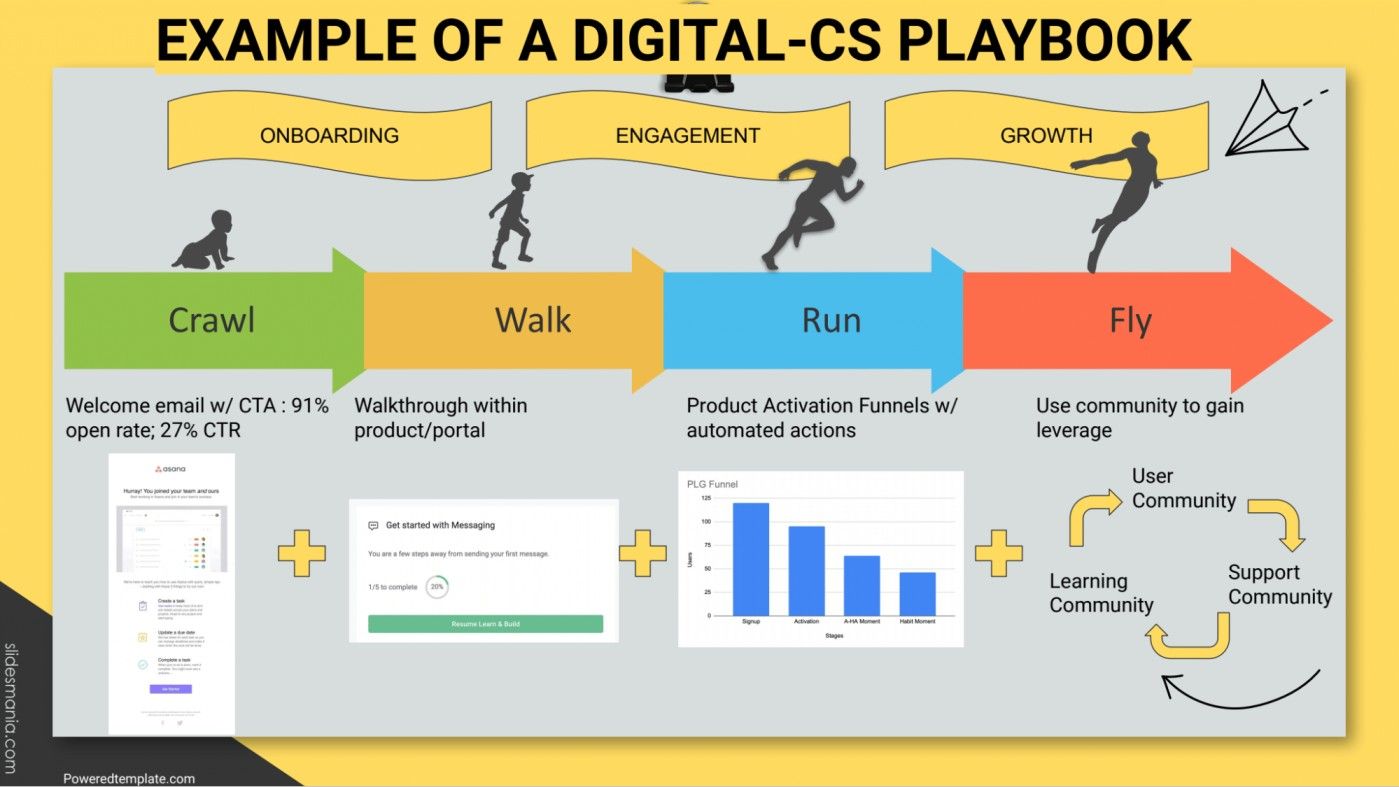
For many of us in the realm of customer success, our involvement typically commences post-sales. The journey can be broadly categorized into three pivotal phases:
- Onboarding: This involves familiarizing customers with the platform, leading them to their first usage, and ensuring they are at ease with the product.
- Engagement: At this stage, users actively begin to derive value from the product or service.
- Growth: Here, customers are deeply immersed in the product, leading to potential upsells and cross-sales. This is the epitome of true adoption, evident when the Net Revenue Retention (NRR) begins to soar due to increased value extraction by users.
In our initial "crawl phase," our focus shifted to the all-important "welcome" email. Amidst the deluge of emails sent and received daily, automated emails often witness abysmal open and response rates. However, a noteworthy exception is the welcome or intro email. These have considerably higher open and click-through rates.
Typically curated by our product and marketing teams, the critical question arises: What role does the CSM play here? An impactful welcome email can seamlessly navigate a customer through the product, reducing potential queries directed at CSMs regarding product functionalities. Thus, it's imperative to collaborate with the marketing team, aiming to optimize this initial correspondence.
Digital CS vs. tech touch
At times, digital CS is erroneously conflated with "tech touch."
When people discuss tech touch CSM, they often allude to the community CSM role, which generally involves managing vast numbers of accounts, sometimes even in the range of hundreds.
These accounts, usually at the lower end of the revenue spectrum, don't warrant a dedicated CSM. In such scenarios, the tech touch CSM often finds themselves juggling a barrage of queries, acting more reactively than proactively.
The remedy? Collaborate with your product team.
At our company, considering the intricate nuances involved in our messaging product, we collaborated with the product division to embed a comprehensive walkthrough within the portal. This interactive guide assists both enterprise and individual customers, providing a step-by-step overview. Such initiatives drastically reduce potential queries directed at CSMs, streamlining the overall process.
Drawing from this experience, I'd urge entities to introspect:
- What is the journey of your product's user?
- What stages do they navigate?
Collaborating with the product team to refine and automate these journeys can substantially alleviate the pressure on CSMs, fostering an environment of proactive customer success rather than a reactive one.
User journeys for tailored CS experiences
Taking a closer look at our user journey granted us profound insights. An area often overlooked by CSMs is examining users' progression through product milestones.
Using our own company as an example, we plotted a simplified version of a user's trajectory: from signup to activation (what we term the "aha moment", e.g., sending a text or making a call) to repeated usage, which we dubbed the "habit moment."
Our challenge was a gap between activation and reaching the "aha moment." Traditional solutions such as email nudges or CSM calls often fell flat. We pondered over users' natural reactions upon facing barriers.
Typically, they might abandon the effort thinking it's too complex, reach out to a CSM, or contact the support team.
A case study
An intriguing discovery emerged when we cross-referenced this stuck segment with support tickets raised; a 30% overlap was unveiled.
One proactive CSM took the initiative to decipher this data and stumbled upon a revelation. European users faced a friction point since our portal predominantly showcased US-centric features. They couldn't easily access international numbers which led to unnecessary complications.
This discovery was pivotal; it pushed for product changes based on user IP addresses to offer a locale-specific experience, thereby reducing unnecessary CSM interactions.
In the digital era, the continual process of automation surrounds us. Actively participating in this evolution means fewer redundant interactions, enabling CSMs to focus on value-driven conversations that truly help clients grow. We aren't advocating for eliminating CSM touchpoints but refining them.
Another insight we derived concerned users who engaged with the platform but didn't transition into habitual users. Armed with patterns observed from real client experiences, our CSMs offered invaluable solutions.
Traditionally, they'd hold webinars or share checklists to underscore the platform's full potential. Translating this offline value into an online experience, we incorporated these cues within the product.
For instance, if a user was hovering between two stages, an in-product prompt would suggest a related webinar. The objective was to offer help without intruding on the user's experience.
In essence, digital customer success isn't just about automating but about merging the wisdom of offline interactions into online environments. The destination is clear: guide every user to that crucial "step four" where they're not just using, but thriving with our product.
Tapping into the power of communities
To return to our playbook, the final pillar, one that's instrumental, is “community.” I've had firsthand experience with this at my previous company Yammer back in 2008.
Every user was channeled into the Yammer network, a pulsating community of users from myriad companies interacting, sharing, and learning.

The idea of clients assisting and directing fellow clients is a beautiful symphony to any organization's ears. While it seems demanding, given that many users are preoccupied with their own responsibilities, a thriving community changes the game. If CS teams can cultivate and nourish champions within these communities, you'll find dedicated individuals ready to impart their knowledge.
A point to ponder for all organizations:
- Do you harness the potential of user communities?
- Are your CSMs actively participating?
A prevalent approach is allocating a CSM to specific accounts, making them less inclined to explore community platforms. Yet, as your product garners a larger user base, you'll find users from even your significant accounts drifting into these communities. This avenue is an untapped gold mine with a ripple effect that amplifies outreach.
Support communities often get pigeonholed into mere 'support centers', addressing common queries. Our approach was hands-on. Initially, our chatbot was equipped to tackle the top 30 inquiries. Both our CSMs and support teams collaboratively carved out solutions, resulting in a substantial dip in pending issues.
Our upcoming venture incorporates ChatGPT. Instead of confining the bot to 30 pre-determined queries, we aim to discern the crux of user questions, redirecting them to a vast repository of a thousand articles in our support center.
While it's an experimental phase and the outcome remains uncertain, the drive to enhance automation remains undeterred. Not every organization might be equipped for ChatGPT, but those that can fine-tune its capabilities are poised for transformative change.
Lastly, an area that has piqued my interest, though we haven't ventured into it yet, is learning communities. I've observed its efficacy in other organizations. These platforms serve as repositories of best practices, tips, and tricks, and extensive knowledge, fostering a culture of continuous learning.
While the digital age thrusts us towards automation and AI solutions, the heart of customer success still beats in genuine interactions, be it through CSMs or communities. Investing in nurturing these communities not only elevates the user experience but also amplifies the brand's credibility and reach.
The role of CSMs in a digital landscape
The rapid evolution of the digital landscape can seem daunting, and it's valid to question the role of a CSM in this shifting paradigm. Various responsibilities that were traditionally in the CSM's purview are now distributed across multiple departments. Emails are dispatched by marketing, product funnels are managed by the product teams, and even communities have fragmented oversight. So, where does this leave the CSM?
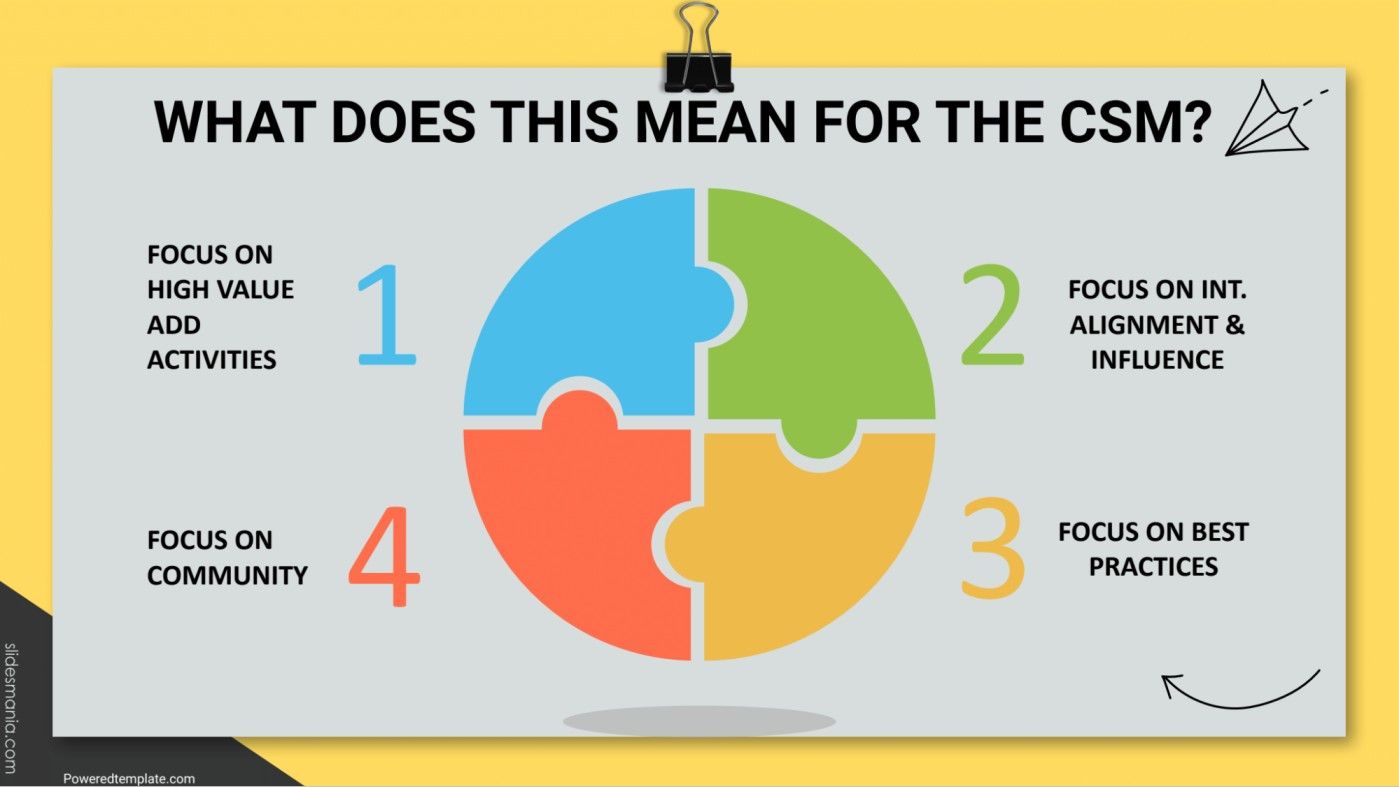
Recognize that the digital revolution isn't going to wait. It's a wave that's sweeping across industries, and as CSMs, our choice is simple – ride the wave or be overwhelmed by it. So, how can CSMs make a tangible impact in this environment?
- Pivot to higher value activities: As mundane tasks become automated, CSMs should use this as an opportunity. Engage more with account executives, deepen client relationships, and strategize upselling opportunities. This is our forte, and we should lean into it.
- Prioritize internal alignment and influence: The digital landscape is vast, but it isn't without its pitfalls. As departments like marketing and product define their processes, there's a risk of inundating clients with excessive interactions. CSMs, with their deep understanding of client preferences, are perfectly poised to guide the quality and frequency of these interactions. Our role is to act as the advocate for the customer's voice, ensuring that their needs are understood and met with precision.
- Champion best practices: The unique vantage point of CSMs, grounded in real client interactions, equips us with insights that other departments might lack. It's imperative to collaborate with teams like product and marketing to relay these insights. Whether they're incorporated directly into the product or disseminated through marketing channels, our expertise can streamline processes and enhance user experiences.
- Empower communities: Communities aren't just digital forums; they're potent hubs of information exchange. Encourage CSMs to actively participate, even if they believe they're familiar with their assigned accounts. It's not just about answering questions but also about learning from the ecosystem. As organizations grow, the value of such communities amplifies, and active participation is a way to ensure that the knowledge flow remains uninterrupted.
The role of a CSM in the digital age isn't diminished; it's merely transformed. Our job now requires a blend of advocacy, collaboration, and digital acumen. By focusing on these key areas, CSMs can not only navigate this digital terrain but also flourish within it, reinforcing their value in a constantly evolving ecosystem.
Taking charge in a digital world: The CSM approach
It's natural to feel inundated when considering the fast-paced digital transformations that are taking place around us. Adapting to change is always challenging, but there's a way to maneuver it strategically, especially for a CSM who is at the intersection of the product and its users.
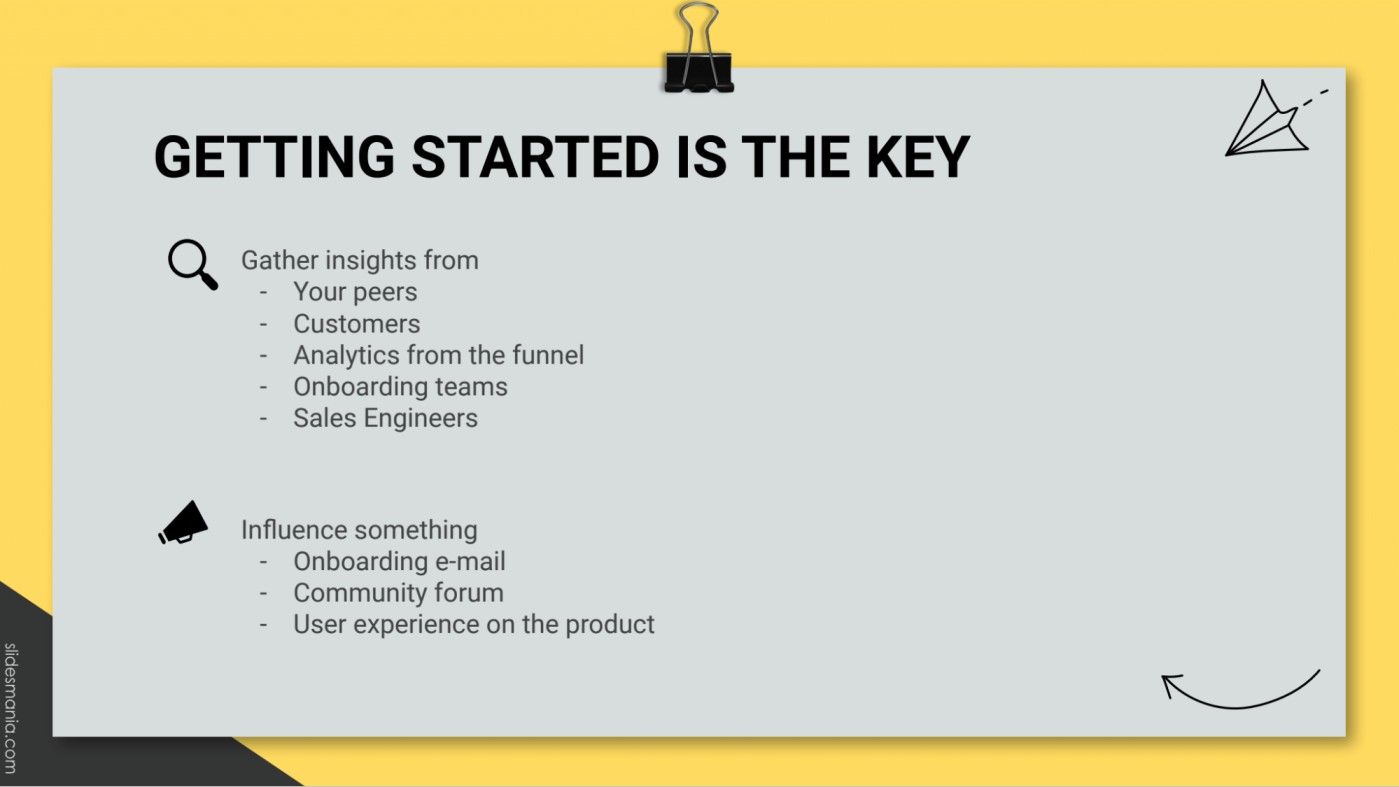
Engage with your internal teams
First and foremost, engage with your internal teams. This might sound straightforward, but in many organizations, silos develop between departments. Break down these barriers. Initiate conversations with your peers in product, marketing, support, and any other relevant departments.
The objective here isn’t just to get an update; it’s to truly understand the digital initiatives that are underway. This is an opportunity to get a holistic view of what's happening and where you, as a CSM, can provide valuable insights.
Immerse yourself in your customer's shoes
Secondly, immerse yourself in your customer's shoes. A significant part of a CSM's role is building relationships, and who better to provide feedback than the people using your product daily? Directly approach your customers. Invite them into the process of enhancement and change. Pose questions about proposed modifications or even just about their daily experiences with the product.
Your customers can provide unparalleled feedback, potentially catching blind spots that internal teams might miss. They’ll appreciate being involved, and you'll obtain genuine insights that can guide your strategies.

Be proactive
Lastly, be proactive. The digital age requires us to be agile and proactive. You don’t necessarily need to overhaul large processes or systems. Start small. For instance, if you notice that an onboarding email is lacking crucial information that customers often inquire about, take the initiative to propose a change. Or perhaps there's a specific product feature that could enhance user experience; champion it.
In my own journey, recognizing the critical role product plays in customer experience, I advocated for a dedicated product manager within the customer success team. While unconventional, this decision has been pivotal in refining the customer journey, from onboarding to adoption.
To sum it up, the digital realm is vast, but with the right approach, it can be navigated effectively. As CSMs, our unique position offers us the chance to be bridge-builders, joining the dots between internal strategies and external user experiences. It's an opportunity we must seize – by engaging, understanding, and taking proactive steps to shape the digital transformations around us.
Q&A
Q: Are your CSMs part of the pre-sales process? When do they engage with the customers?
A: Our CSMs are not involved in pre-sales. I oversee both the onboarding team and the account CSM functions, but they operate distinctly. Our CSMs typically step in post-sales. However, given that I manage both onboarding and CS, there's significant alignment and communication between these teams.
This ensures we're aware of a customer's use case early on during onboarding, before the account is handed over to a CSM. In our organization, the onboarding process is extended to around 90 days due to the intricacies of integrating customers into our APIs.
Our aim during this period isn't merely to initiate customer activity but to guide them to achieve what we expect within those 90 days. As a result, we remain closely involved with customers throughout this longer onboarding phase.
Q. Can you elaborate on the preparatory steps your company undertook for the ChatGPT rollout, especially in terms of updating content and knowledge articles?
A pivotal factor in our preparations was executive alignment. In many organizations, support from top-tier leadership, especially from the CEO, can be instrumental. In our scenario, our CEO was a strong advocate for AI and automation. We introduced "Open April", an initiative allowing every employee across all departments to allocate a specific amount of time towards a project of their choice. Among the various initiatives, the ChatGPT for support was one.
To address the concern of outdated knowledge articles, multiple teams – support, CS, self-serve, and product – collaborated intensively over a month. Our approach was to constrain the initiative to a month to maintain momentum and focus. Within this period, we updated our Knowledge Center as needed.
It's essential to understand this is just the first version; iteration will be ongoing. To summarize, two key elements made this successful: executive alignment and a structured, time-bound approach to updating our content before the launch.
Q: Do your digital email campaigns target individual users or the entire account? Which approach do you find more valuable?
A: The strategy truly depends on the context. In our current scenario, each account doesn't have many users, typically two or three due to the configuration of our platform. Hence, our campaigns are designed at an account level.
However, reflecting on my experience at Yammer, where every company employee could be a user, the approach was quite different. Given the vast user base, customization was challenging. Yet, a useful method was segmenting users based on a few key pieces of information collected upon entry.
For instance, with Yammer, asking a user about their department provided invaluable insights. Knowing if a user was from marketing allowed us to cater content towards employee engagement, while someone from IT would receive information more focused on platform security.
The goal is not to bombard users with a multitude of questions but rather to curate a small set of distinct onboarding emails tailored to specific segments or personas. So, while our present approach is account-based, should our user base diversify, we'd segment emails based on personas.
Q: How do you utilize AI to better comprehend your customer needs, rather than relying on traditional methods like meetings and surveys, and then relaying this information in internal discussions?
A: Currently, we haven't fully transitioned to leveraging AI in that capacity. I genuinely believe that our CSMs, who interact directly with the clients, possess a wealth of knowledge. Reflecting on my leadership role, I recognize the importance of regularly consulting with individual CSMs to grasp the insights they've gleaned from daily customer interactions.
Instead of AI gathering these insights, our approach has been to source intelligence from our CSMs. The role of AI, as we use it now, is more of an intelligent routing system; it identifies customer patterns and channels the appropriate insights based on the knowledge fed into it by our team.
While the prospect of AI simplifying everything is enticing, our current focus is on harnessing insights from our front line, ensuring alignment with other teams, and utilizing AI to make processes more efficient.
This article is based on a presentation given by Jairaj at the Customer Success Festival Las Vegas in May 2023.
Catch up on this presentation, and others, using our OnDemand service. For more exclusive content, visit your membership dashboard.



 Follow us on LinkedIn
Follow us on LinkedIn







